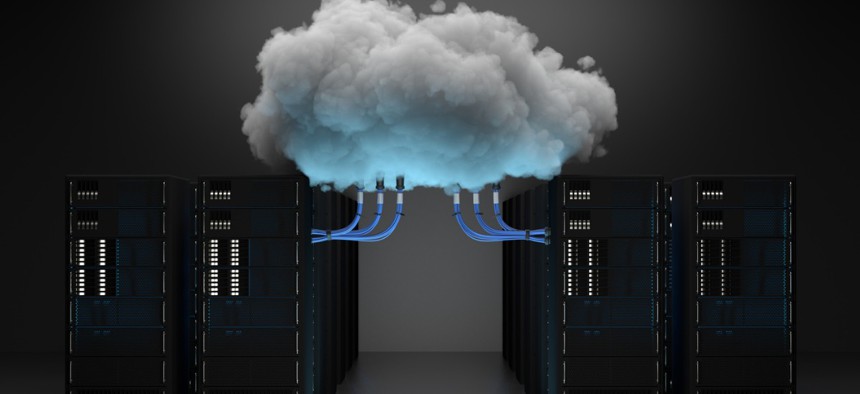Looking to Modernize? Better Have a Plan, Federal Officials Say

Just_Super/istockphoto.com
Moving to the cloud helps, too.
Shortly after the COVID-19 pandemic engulfed the nation, the Small Business Administration spearheaded a key recovery program processing over $1 trillion in loans and grants for small business entities that continues today.
In a normal year, SBA issues somewhere between $25 billion to $35 billion in loans and grants, many of which go to small businesses affected by natural disasters. Such a massive increase in business mission demand wouldn’t have been possible without the cloud-based foundation the agency laid in 2018 as part of its modernization strategy, according to Sanjay Gupta, the agency’s chief technology officer.
“It was a volume issue and a velocity issue,” said Gupta, speaking Oct. 19 at Nextgov’s Network Modernization Summit. As an organization, SBA grew by about four times, Gupta said, and federal stimulus funding required large amounts of money to flow through SBA on tight deadlines, even as the agency was transitioning to remote work due to the COVID-19 pandemic. Thanks to its cloud-based foundation, Gupta said the agency was able to “leverage that increased scalability almost overnight,” accommodating users from anywhere—and due to its cloud-based cybersecurity model—from personal devices when necessary.
“In terms of call centers, using services like [artificial intelligence] or machine learning, we have increasingly adopted more of those services from a cloud-based offering for the simple reason that it allows us to scale up quickly, but more importantly, it allows to initiate those services—turn those services on—very quickly,” Gupta said. “We don’t have to go through the typical acquisition life cycles of buying new hardware, configuring it and going through the whole acquisition process. Having a cloud foundation allows us to do that.”
Dave Hinchman, acting director of Information Technology and Cybersecurity at the Government Accountability Office, said agencies looking to modernize can increase their odds of success dramatically if they incorporate two best practices.
“The two things we see agencies struggle with the most in IT modernization are planning and executive sponsorship,” said Hinchman, citing an April GAO audit. The audit found only two of the 10 most critical legacy IT systems in government had full modernization plans.
“People who are happy with their progress are people who have found an executive sponsor who really is a champion for them in the C-suite and is making sure they are getting the resources they need, as well as coordination across the organization,” Hinchman said.
Hinchman added that cloud computing’s import has increased significantly for agencies even since 2019, when GAO last reviewed agencies’ use of the technology. Another cloud audit, he added, is probably on the horizon.
“Cloud is what enabled government to function during the pandemic,” Hinchman said.
Andre Mendes, chief information officer for the Commerce Department, credited the department’s technical underpinning for a relatively seamless transition to remote work. Much of the legwork that allowed for the transition was accomplished before the pandemic even occurred, he said. For example, the U.S. Patent and Trademark Office has long been a remote-first workforce, while the International Trade Administration is “100% cloud-based.” Mendes also credited the professionalism of Commerce employees.
“It was a surprisingly easy transition from technological standpoint,” Mendes said. “We saw an increase in employee engagement and productivity that was less than intuitive, and we were somewhat impressed by it. The combination of technology and personnel ethic and personal pride contributed to what was remarkably successful dealing with a unique and novel situation in our workplace.”






